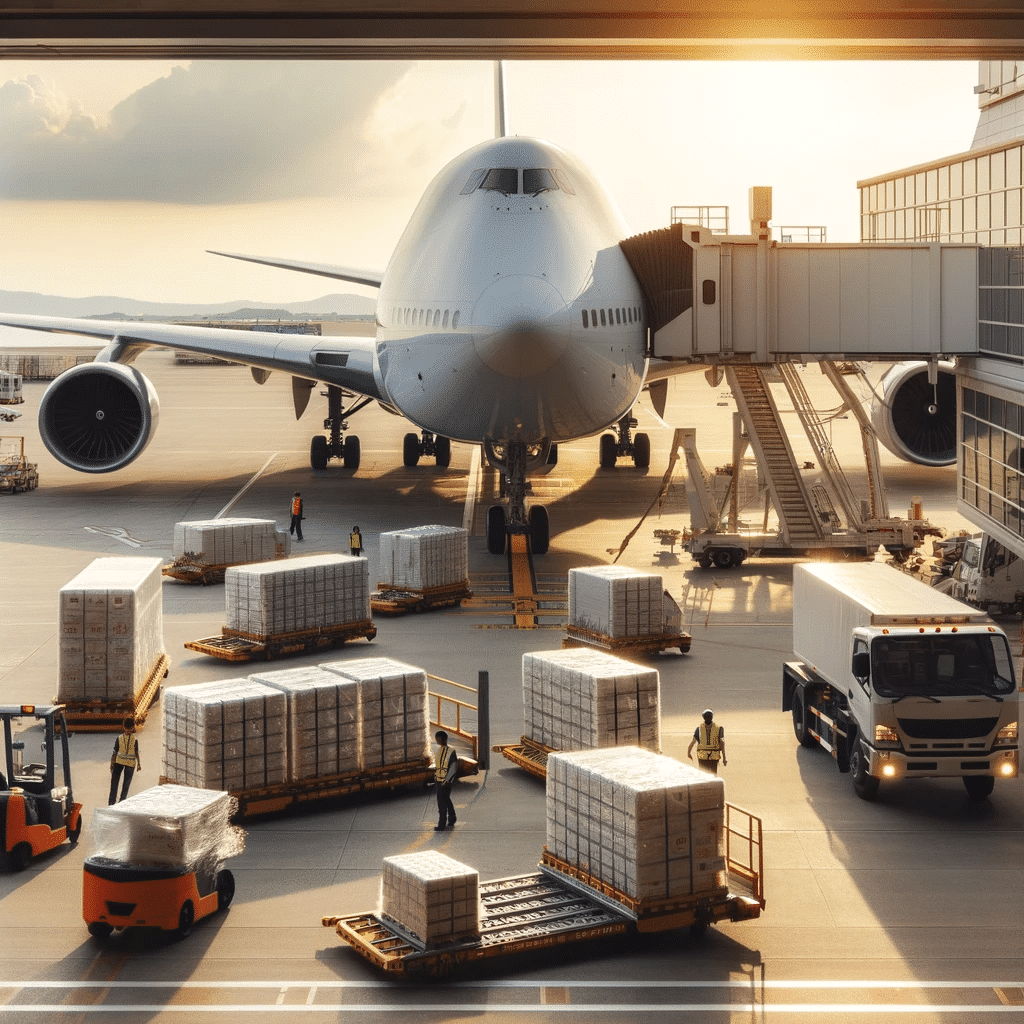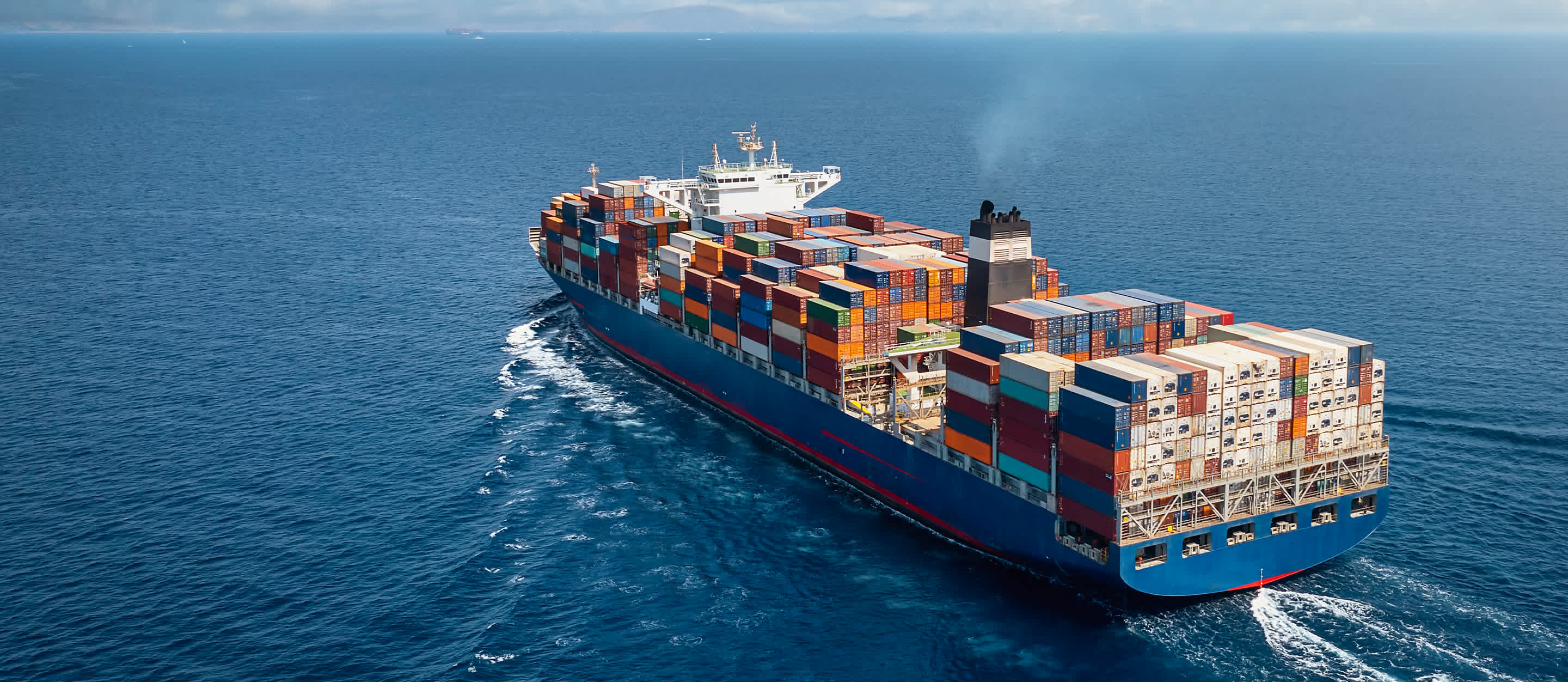A Comprehensive Guide to DDP Shipping: What You Need to Know
International shipping can be complex, but DDP (Delivered Duty Paid) simplifies many aspects for buyers. This shipping term defines the responsibilities of both the seller and the buyer, determining who covers the costs and risks at each step of the shipping process. In this guide, we explore what DDP means, its benefits, and why buyers might choose this shipping method.

1. What Does DDP (Delivered Duty Paid) Mean in Shipping?
DDP is an Incoterm used in global shipping that specifies the seller is responsible for all costs and risks associated with delivering goods to the buyer at the destination. This includes:
- Shipping charges.
- Customs clearance.
- Payment of all import duties and taxes.
- Delivery to the final destination.
The seller assumes full responsibility until the goods are delivered, unloaded, and cleared by customs at the agreed destination.
2. DDP Timeline: Understanding How DDP Shipping Works in Steps
Here’s a simple breakdown of the DDP shipping process:
- Seller prepares the goods and hands them over to the carrier or freight forwarder.
- Carrier collects the goods and ships them to the destination.
- Goods go through customs clearance, and applicable duties and taxes are assessed.
- Goods are delivered to the buyer’s destination, and risks transfer to the buyer upon unloading.
3. What Are the Seller's Obligations Under DDP Shipping?
The seller's responsibilities are extensive under DDP shipping. They include:
- Providing the goods.
- Arranging and paying for all shipping and handling.
- Preparing and handling customs documentation.
- Paying for both import and export duties, taxes, and fees.
- Arranging cargo insurance (if necessary).
- Ensuring timely delivery to the agreed destination.
4. What Are the Buyer's Responsibilities When Using DDP Incoterm?
While the seller covers most costs under DDP, the buyer also has responsibilities:
- Providing necessary documentation to facilitate the process.
- Negotiating payment terms with the seller.
- Paying for the goods and any additional charges if agreed.
- Confirming if VAT or GST applies in the destination country.
5. DDP vs. DAP vs. DDU
It's essential to understand the differences between DDP, DAP, and DDU:
- DAP (Delivered at Place): The seller delivers goods to a named location, but the buyer is responsible for import customs clearance, duties, and taxes.
- DDU (Delivered Duty Unpaid): Now replaced by DAP, this term previously placed the responsibility for import duties and taxes on the buyer.
6. What Are the Benefits of DDP Shipping?
For buyers, DDP offers several advantages:
- Reduced Risk: The seller takes responsibility for customs duties, taxes, and other shipping-related issues.
- Simplified Process: The buyer avoids handling customs clearance or calculating import duties.
- Insurance: The seller usually arranges cargo insurance, reducing the buyer's exposure to financial loss.
- Faster and Easier Delivery: With fewer hurdles for the buyer, goods are more likely to arrive on time.
7. Why Should Buyers Choose DDP Shipping?
Buyers benefit from choosing DDP as it ensures a smoother, less stressful shipping process. Since the seller is legally bound to deliver the goods on time and take care of the customs duties and taxes, the buyer’s focus can remain on receiving the goods rather than handling logistics.
8. DDP Fees: What Are the Costs Involved in DDP Shipping?
Various fees come with DDP shipping, including:
- Transportation Costs: Based on the shipping mode (sea or air), cargo size, weight, and distance.
- Customs Fees: Import duties and taxes vary by country and product.
- VAT/GST: Value-Added Tax or Goods & Services Tax may apply, which the seller must pay.
- Insurance Fees: Optional, but often included by the seller to protect the goods.
- Demurrage and Detention Fees: Charges for delays in shipping or customs clearance.









